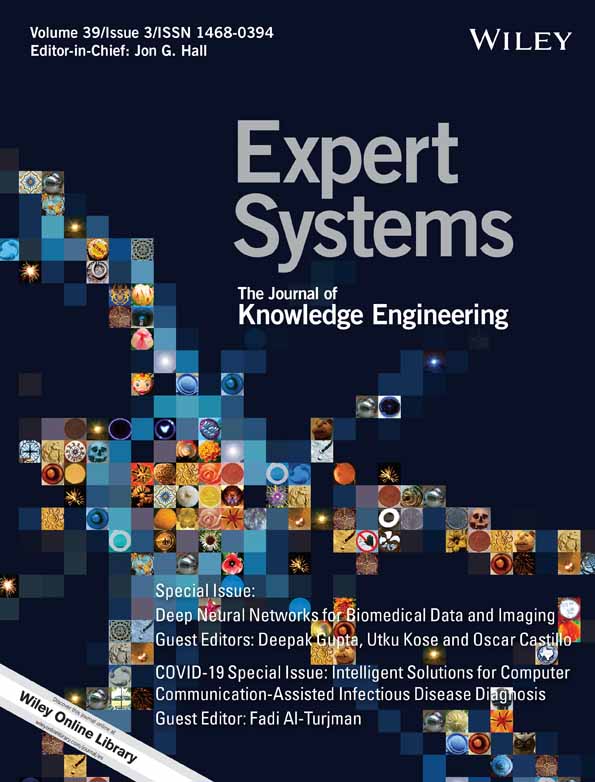Early prediction and monitoring of sepsis using sequential long short term memory model
Abstract
Sepsis is a severe life-threatening disease, which is the body's extreme reverberation to any virus leading to failed organs, damaged tissue, or death. It requires accurate and efficient real-time detection. Continuous and potent monitoring of patient health data can be useful in predicting the potential risks the patient might be exposed to, based on their recent history of medical records. Machine learning models have proven to be a significant approach in performing accurate and precise predictions, especially in the medical field. In this paper, a smart network with a long short term memory (LSTM) based model at its heart is proposed for early prediction of Sepsis for patients admitted in the ICU. The network operates on time series data and predicts the probability of a patient developing sepsis based on the historical medical data of the patient. It comprises Internet of Things based devices which have proven to be impactful in the areas of acquiring continuous and real-time data in the healthcare field. In this paper, an architecture for early prediction and monitoring Sepsis with minimized latency through LSTM network is proposed by designing a decentralized prediction model in a fog-based environment. The model had an accuracy of 95.1% after the last epoch with validation accuracy as 95%. The receiver operating characteristic curve area was reported as 0.864 for testing data with an accuracy of 95.1%. The model was not over-fitted since the validation accuracy was significantly close to the training accuracy of the model.
CONFLICT OF INTEREST
The authors declare no conflict of interest.
Open Research
DATA AVAILABILITY STATEMENT
The data that support the findings of this study are available from the corresponding author upon reasonable request.




